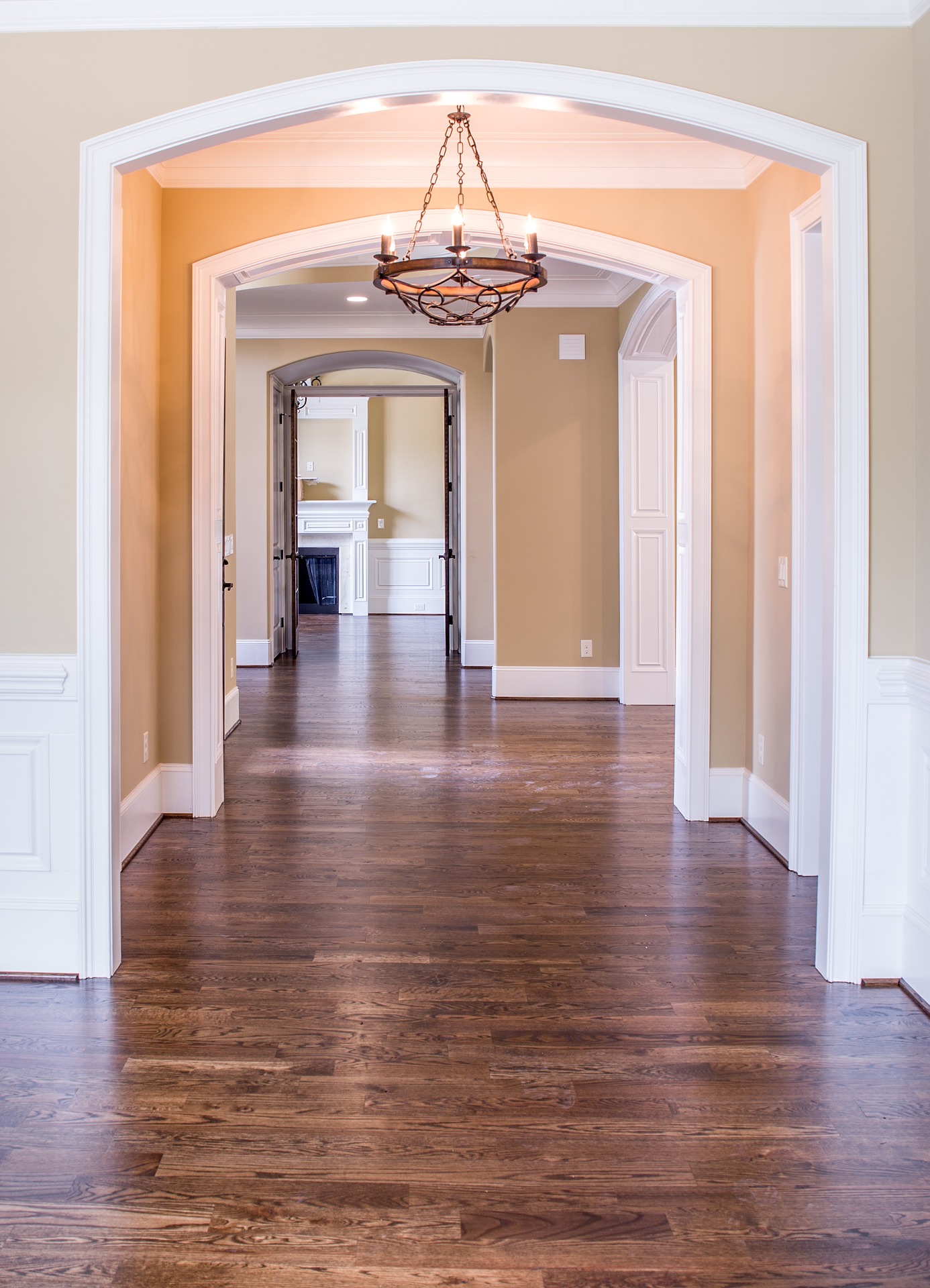With trim, color and finish can work together to create different moods and effects. Professional painting companies know that color can be used to transform your trim into a bold frame for your room, or help soften the color of your walls, while the finish you choose can enhance the texture of your trim. Keep reading as we take a look at how you can get the best out of both in your Washington DC home.
White or light colors
White or pale trim is great for softening bright walls. If this is the case, you’ll want to add as little shine to your finish as possible so that your trim does not draw attention to itself. Here a satin finish would be best to allow for easy cleaning while still remaining slightly matte. Where pale or white trim is used with the same color walls, a high-gloss finish is recommended to give them additional sparkle and allow for easiest cleaning. White trim with soft colored walls can receive a gentle shine such as eggshell or satin, but not too much lest it overpower the color of your walls.
Dark colors
Black and dark shades work well to create a dramatic effect in rooms with white or cream colored walls. Dark trim is also useful in making a space seem more contained. This kind of high-contrast can be effective in modern and contemporary design themes and is also an excellent tool for highlighting more detailed wall or ceiling features like paintings or decorative light fixtures. A high gloss on dark trim can be quite effective, but can also appear quite sterile if not coupled with softer, complementary tones like wooden floors or warmly colored walls. If too stark, a more matte finish can be used. Black trim won’t show up dirt like lighter colors, so ease of cleaning need not be as high a priority.
Choosing color and finish according to function of room
It may be necessary to take the function of a room into account when selecting the color and finish of the trim. Children’s rooms may benefit from pastel colored trim to create a gentle, comforting environment. Pastel trim works well to soften the edges of a room, while brighter colors can be used for an area with a more playful mood. As a rule of thumb, gloss levels in bedrooms should be kept low, to limit light scattering at night. Studies and dining rooms may do better with more masculine and formal coloring like dark brown or charcoal. A low level gloss would also work well with this kind of neutral coloring. In kitchens and bathrooms, where hygiene is of high importance, a higher gloss level is necessary.
Color and finish for different effects
Use the color of your trim to add visual space to your rooms by coloring trim the same as your walls or lighter. Bear in mind that a high-gloss creates a positive space, while a low-gloss creates a negative space. Therefore a low gloss to create this effect is best.
To increase the height of a room visually, paint your ceiling trim the same color as your walls, but a different color from your ceiling. To make a room seem less lofty, the opposite can be done. Baseboards can be painted the same color as your floors and ceiling trim the same as your ceiling.
RELATED: MAINTAINING THE CHARM OF YOUR WASHINGTON DC HOME WITH CUSTOM MOLDING


